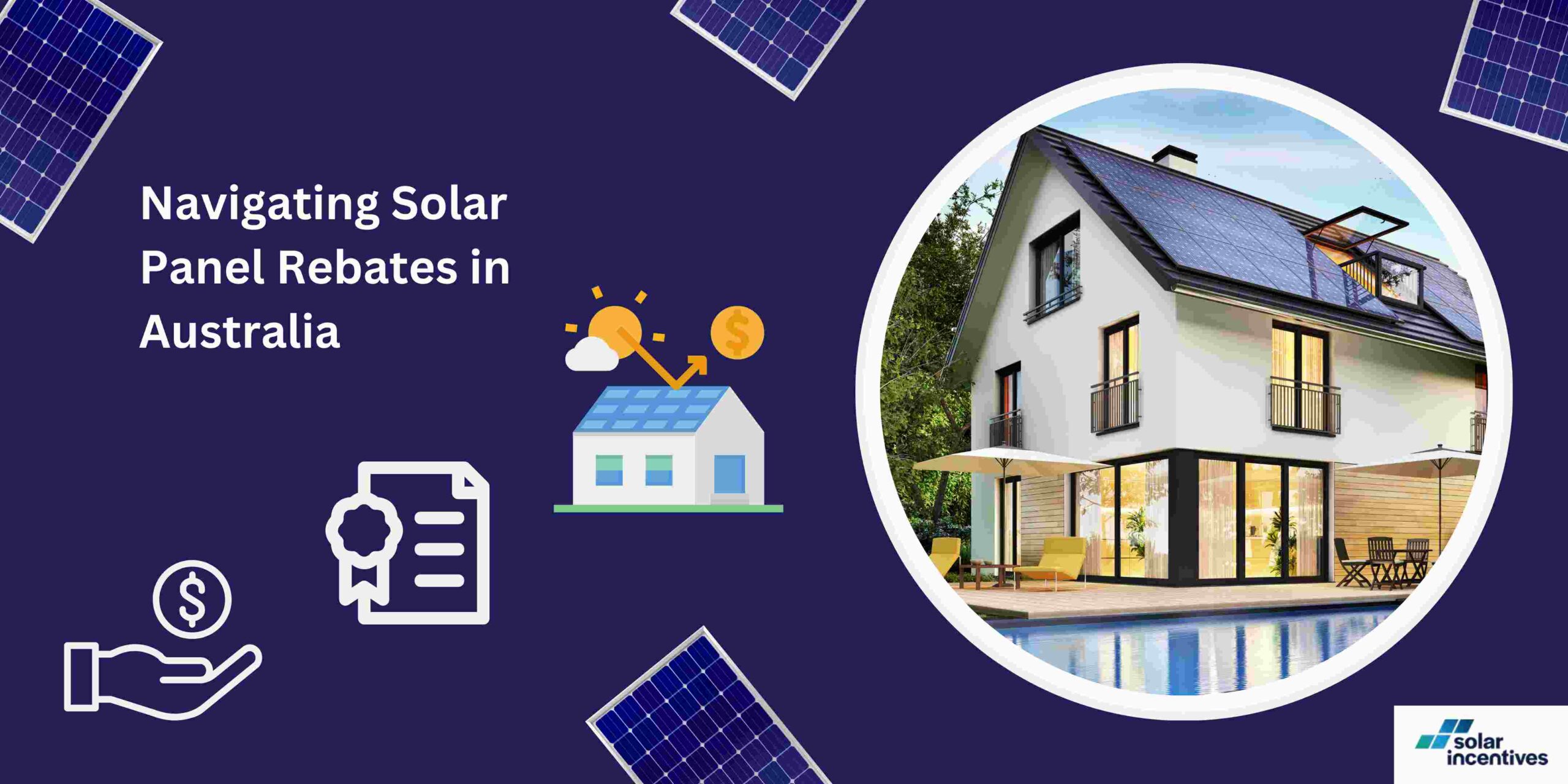Navigating Solar Panel Rebates in Australia

Steve Hill
Expert in Residential and Commercial Solar Solutions and Energy Efficiency
4 min read · 14th August 2023
In Australia, many homeowners are turning to solar panels, and rebates help make this change more affordable. Understanding these rebates can help you save money and get the most out of your solar system. It’s like knowing the benefits of owning solar panels, where to place them, and what warranty is best.
Understanding Australia’s Rebate System:
Australia is working towards using more green energy. To help this the Australian Government ran a renewable energy program in the 2000s that provided rebates to householders who acquired solar photovoltaic (PV) energy systems. Originally called the Photovoltaic Rebate Program (PVRP), it was rebranded the Solar Homes and Communities Program (SHCP) in November 2007.
A rebate makes installing panels more affordable in Australia, encouraging more people to use them and reduce reliance on fossil fuels
These rebates can lower the cost of getting solar panels

Who Can Get a Rebate?
Not all solar panel setups will get a rebate. The government has rules. These are the things you need to know about the rebate:
- Installer Approval: Your solar panels need to be put up by someone who has special permission from the Clean Energy Council. Think of it like hiring a certified electrician instead of just anyone.
- Quality Matters: The solar panels and other parts (like inverters) should meet the rules set by Australia. This is to make sure everything is of good quality and safe to use.
- Homeowner Rules: Some rebates might only be for people who live in the house they own. If you’re renting or have a business, different rules might apply.
- Size Limits: There might be rules about how big or small your solar system can be to get a rebate. So, it’s not just any size that works.
- Location: Where you live in Australia can also matter. Some places might offer bigger rebates than others.
How Much Rebate Will You Get?
The rebate you can get for solar depends on where you live in Australia, how big your solar system is, and the value of STCs.
- Location: Sydney homeowners might get $1,500 while Melbourne homeowners might get $1,200.
- System Size: A 5kW system could get $2,000. A 10kW system might get $3,500.
- STCs: These are like coupons based on how much clean energy you produce. For example, if 1 STC is worth $35 and your system makes 100 STCs, you could get $3,500 off.
Selling STCs:
Small-scale technology certificates (STCs) are tradable certificates which you can create and trade yourself, or assign the right to create to a registered agent in exchange for an upfront discount off the cost of your system or a cash payment.
When you get solar panels, you also get STCs. Selling these STCs can help reduce your costs. But selling them is a bit tricky, like transferring a solar panel lease. It’s important to understand the do’s and don’ts to make the most of it.
Do:
- Research: Know the current price of STCs. They change often.
- Use Approved Sellers: Only sell through authorized people or groups to avoid scams.
- Stay Informed: Rules about STCs can change. Keep up with any new rules.
- Ask Experts: If confused, talk to a solar company or an energy expert.
- Keep Paperwork: Save all your solar receipts and papers. You’ll need them to sell STCs.
Don’t:
- Sell Too Fast: Wait if STC prices might go up. But watch out for price drops.
- Miss the Fine Print: If getting a discount because of STCs, know the details. Sometimes it’s better to sell STCs on your own.
- Think Prices Stay Same: STC prices change. Don’t expect old prices.
- Skip Checks: Make sure your solar setup follows rules. If not, you might not sell STCs.
- Get Tricked: Be careful of offers that sound too good. Check if the buyer is real.
Knowing about solar panels—like where to place them, what warranty to get, and how rebates work—helps you make smart decisions. In Australia, being informed about rebates means more savings and supporting the country’s move to cleaner energy.
Article By
Steve Hill
Steve Hill has a rich background in the solar energy sector and is dedicated to empowering consumers with knowledge, particularly in residential and commercial solar solutions, solar batteries, and energy efficiency products.
Steve enjoys sharing his wealth of experience, offering practical advice, and learning about the latest trends and innovative solutions in the world of solar energy.

